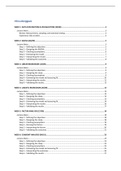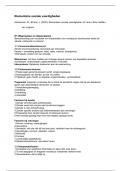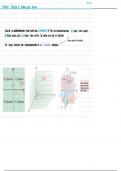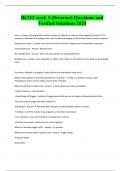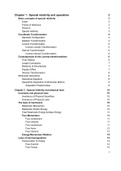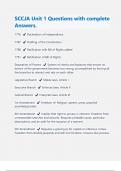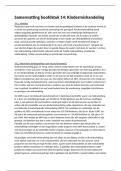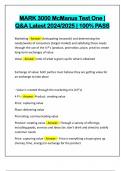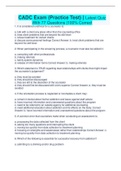Samenvatting
Summary Introduction to Research in Marketing - All Lectures
Summary of all the lectures for the course Introduction to Research in Marketing. Not in a bullet-list type of way so you have to figure everything out yourself, but in clear, concise language. This file contains all the material discussed in the lectures and web clips.
[Meer zien]
